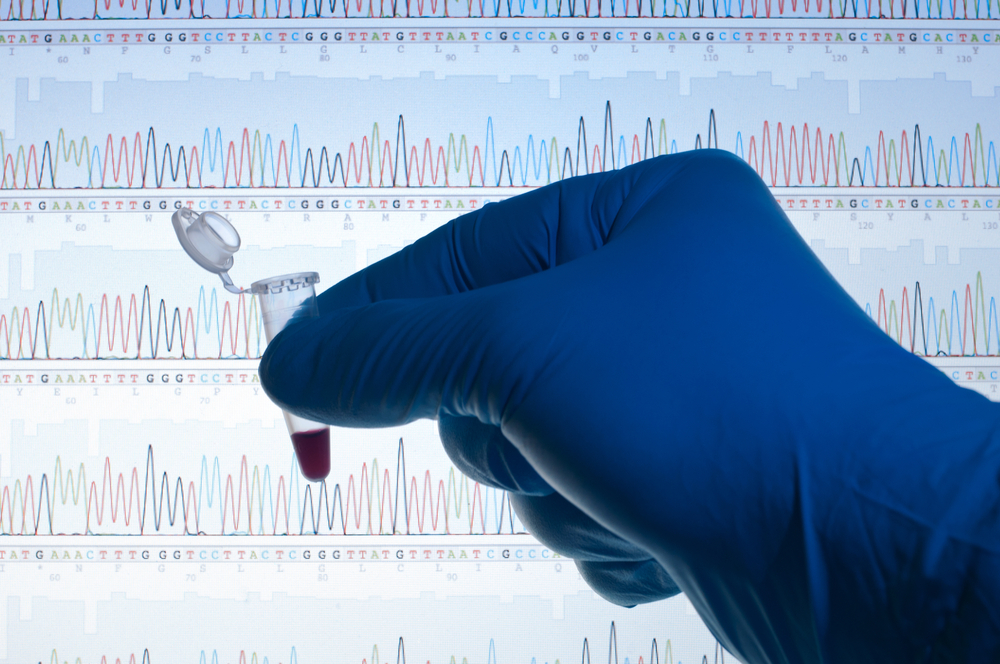Questions Raised on Gene Mutation Found in Early Onset Parkinson’s Patient

Sequencing the DNA of genes with known links to Parkinson’s disease revealed a previously unknown mutation in a patient with early onset disease, but while the evidence in the study pointed to the mutation as harmful, more research is needed to confirm that role.
The study “Analysis of the genetic variability in Parkinson’s disease from Southern Spain,” was recently published in the journal Neurobiology of Aging.
Gene mutations have been linked to Parkinson’s in some patients, which presents opportunity for doctors to identify factors in patients at higher risk of the disease. Because Parkinson’s diagnosis usually occurs after the brain is already extensively damaged, earlier identification and treatment might postpone the devastating process.
To improve knowledge about genetic risks for Parkinson’s disease, researchers from the University of Granada in Spain screened 134 patients from Southern Spain for mutations in eight genes previously linked to the condition.
The group was composed mainly of individuals with late-onset sporadic disease, but also included 28 patients with early onset sporadic, and nine patients with familial Parkinson’s.
DNA sequencing revealed 11 mutations in five of the genes. Most of the identified mutations had been described before, and were located in the genes GBA, LRRK2, PARK2 and PINK1.
But, in the VPS35 gene, researchers found a new mutation. The gene variant was carried by a patient with early disease onset, raising suspicions that the mutation might be linked to a type of Parkinson’s. The gene variant was explored via computer software that simulates the effects of mutations using mathematical algorithms – which determined the mutation is likely harmful.
In a press release related to the findings, researchers cautioned that the analysis does not guarantee a link between the mutation and the development of Parkinson’s disease. Future studies to explore how frequent the gene mutation is in patients and healthy people, as well as studies exploring the effect of the mutation in mice, are needed to establish a definite link.
Still, the gene is not a newcomer in Parkinson’s disease contexts. Last year, Parkinson’s News Today reported a study showing links between the gene and Parkinson’s disease.
Also, in 2014, another mutation in the same gene was linked to changes in molecular processes that researchers suspect play a role in disease development; and earlier this year the same mutation was linked to mitochondrial dysfunction – a process believed to be key in the degeneration of neurons.






